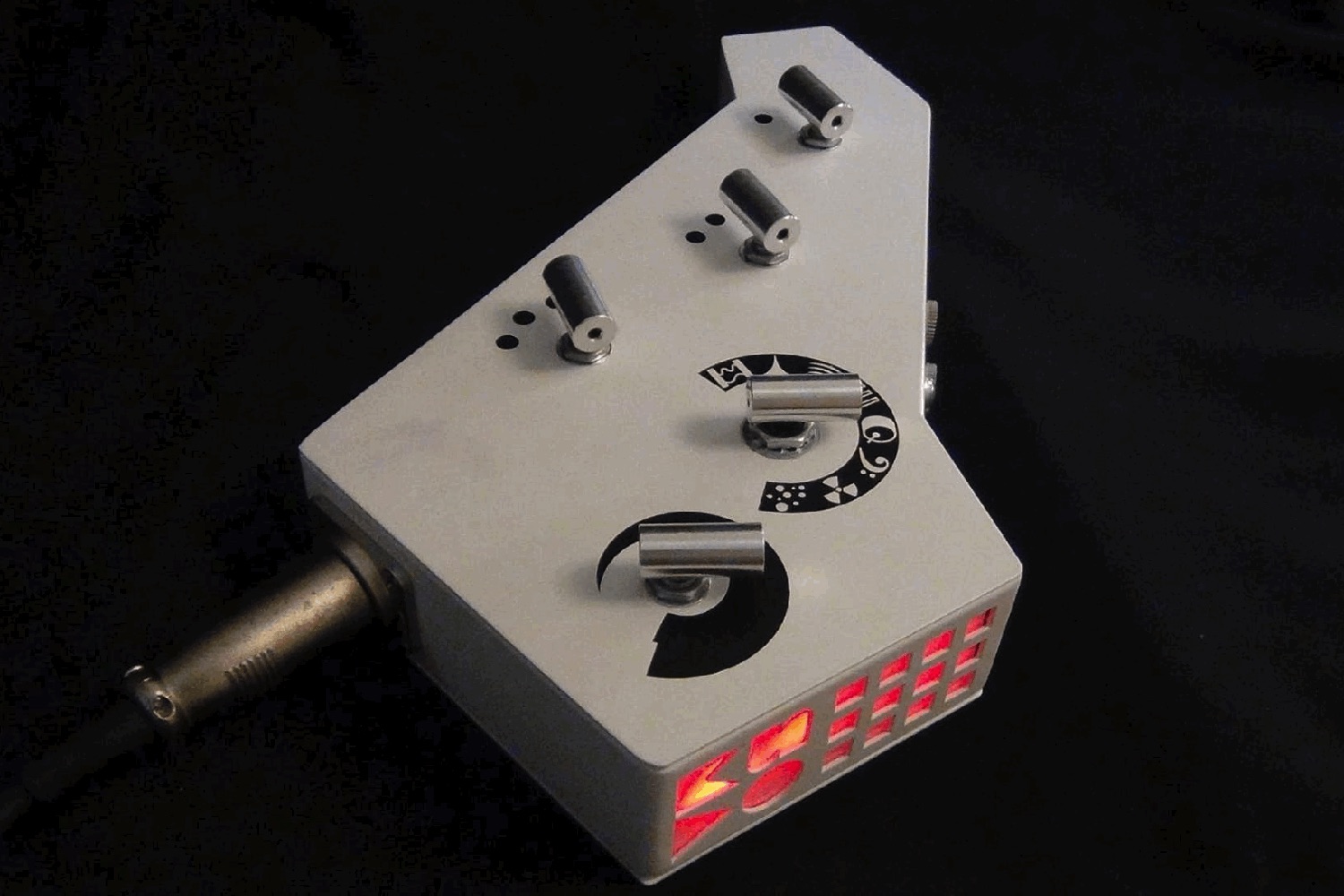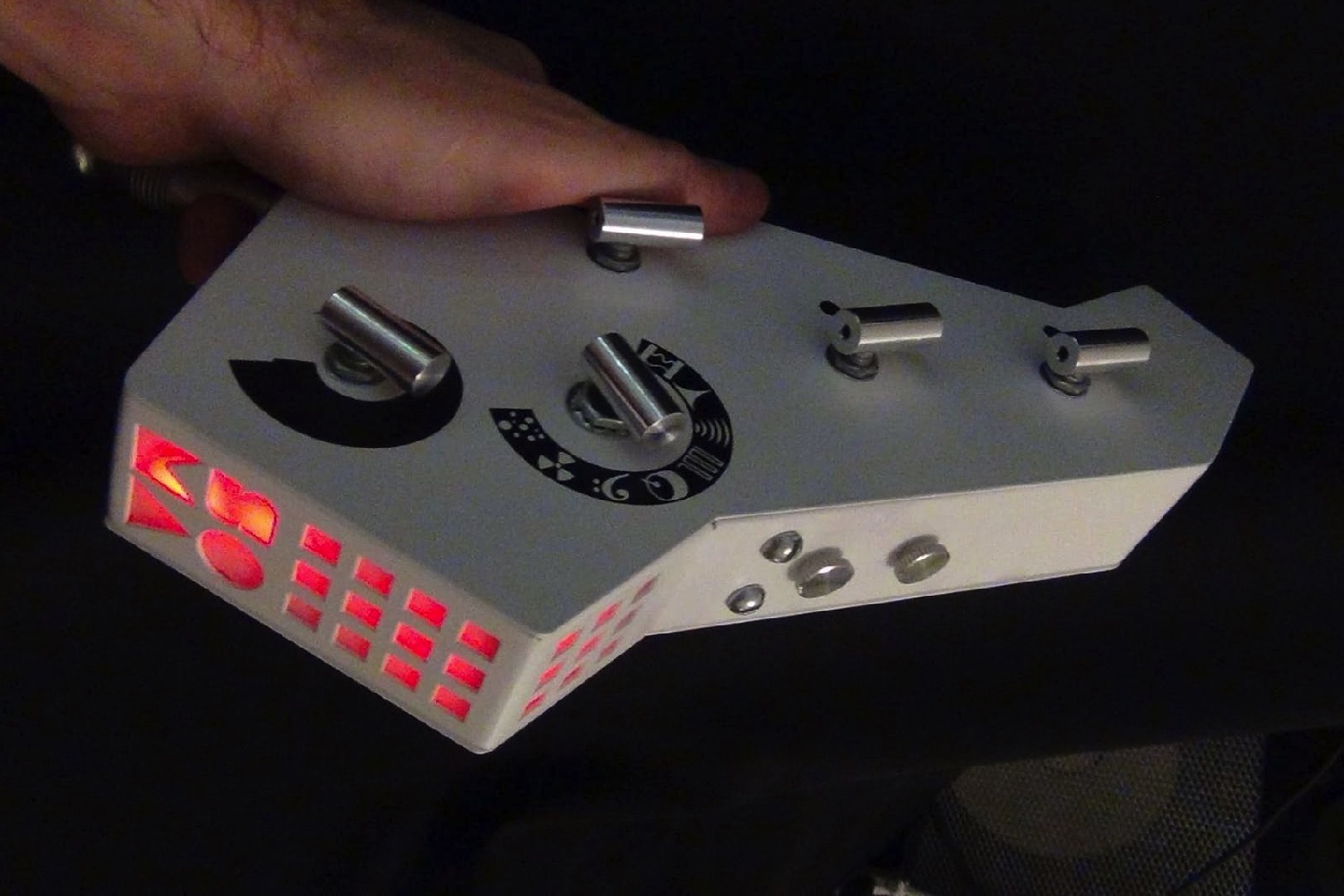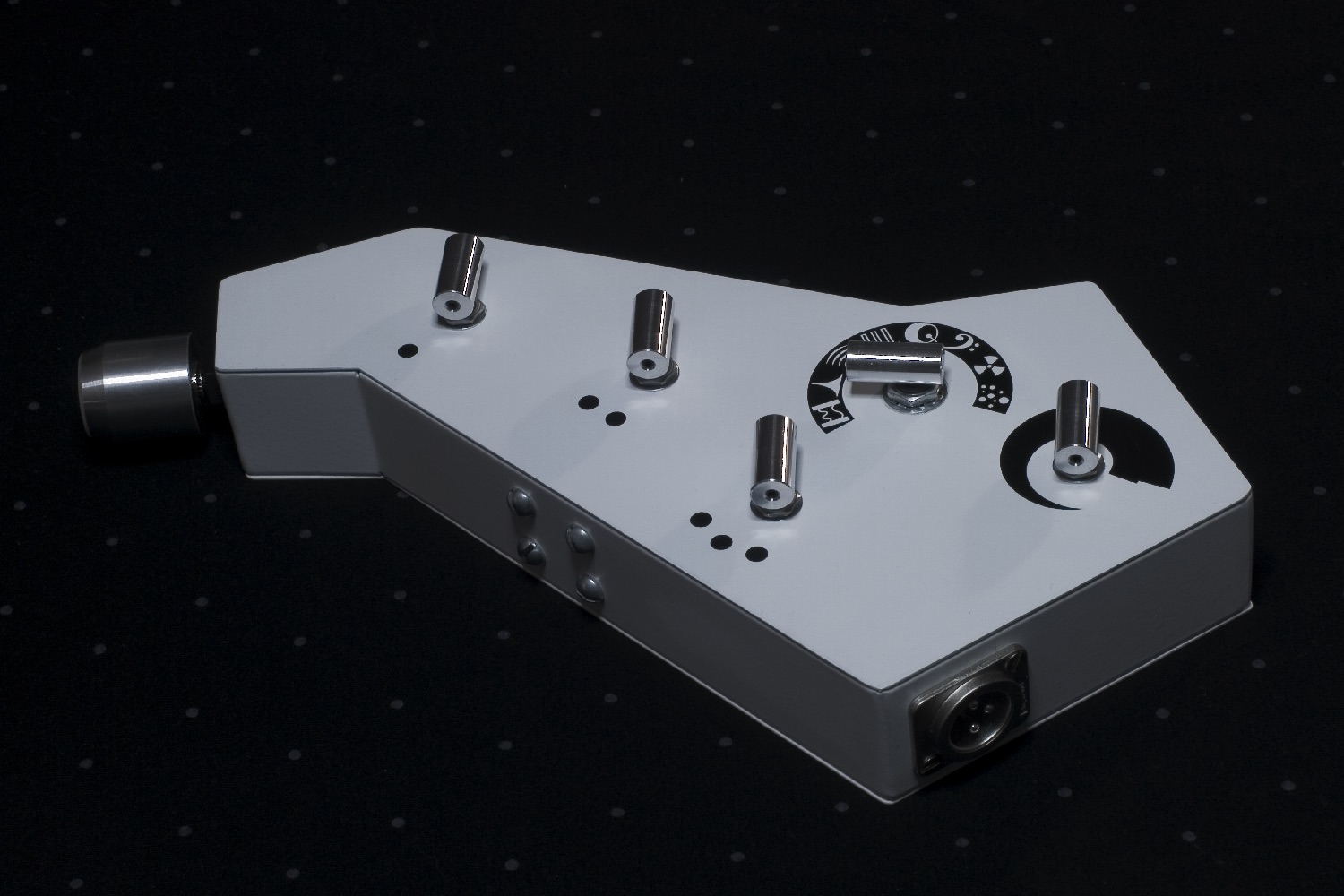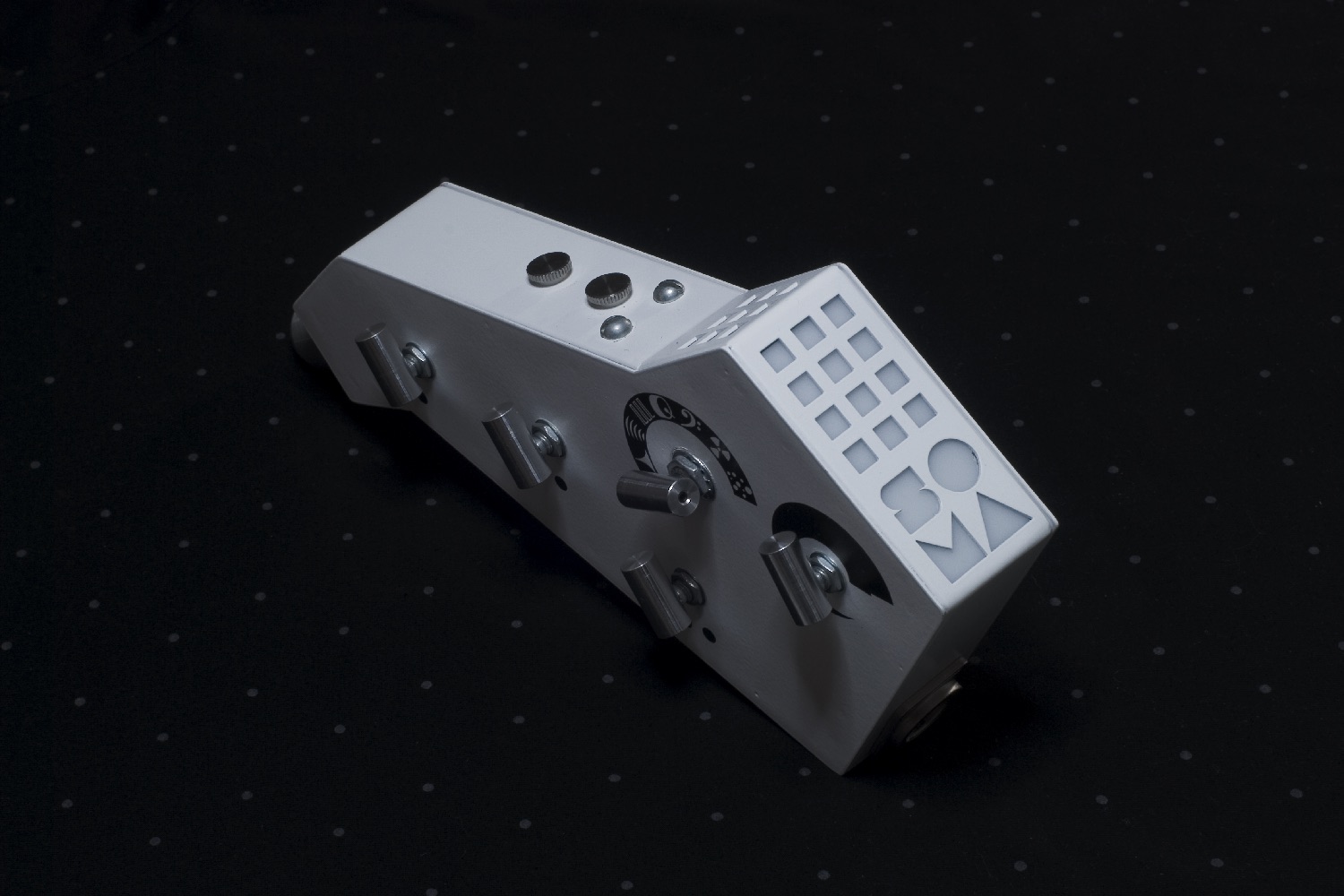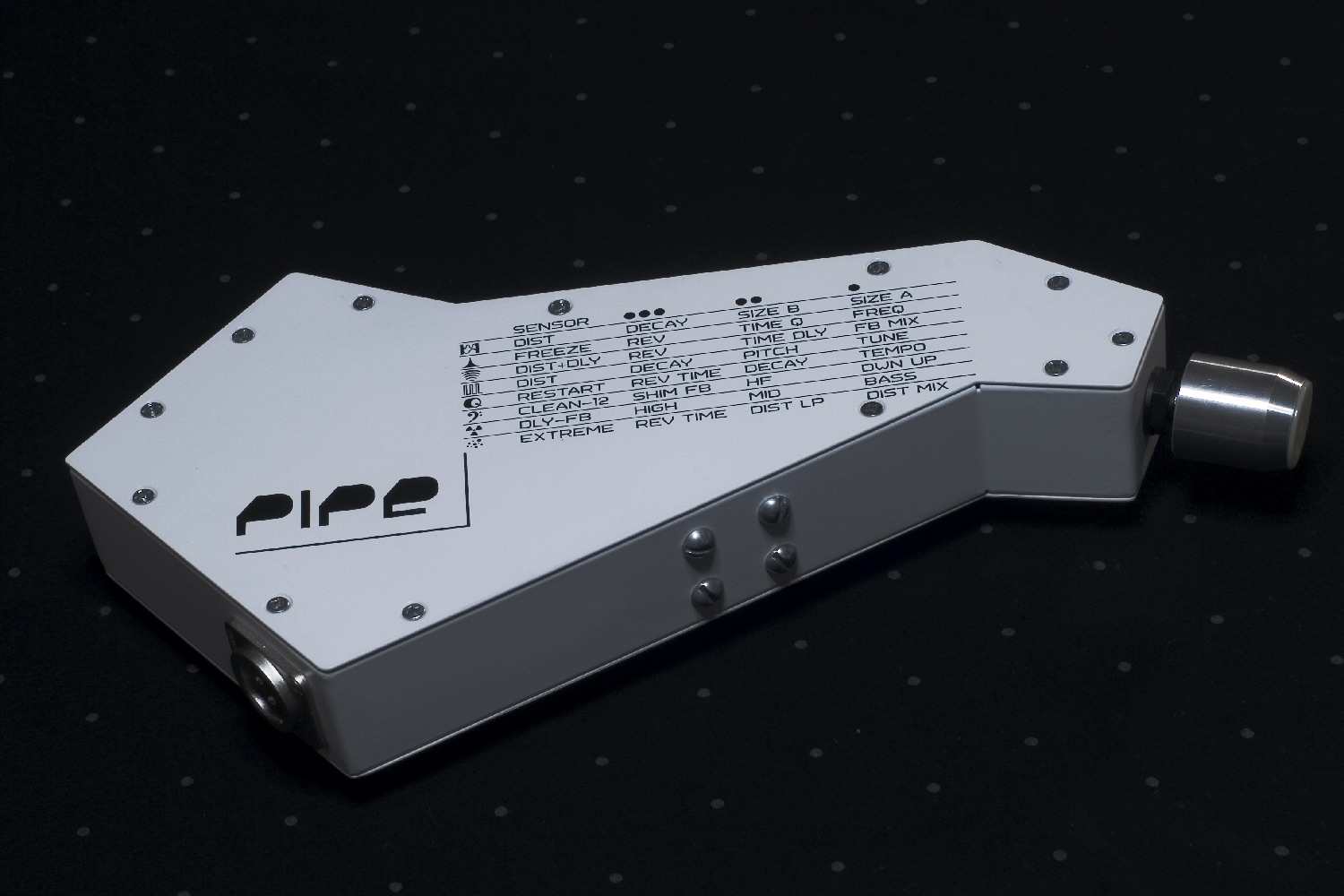“I’m a composer of electronic music, and I always wanted to use my voice, but I’m not a great singer,” Kreimer told Digital Trends. “The biggest problem for me was trying to sing with lyrics. I can write either vocals that have meaning to them but no rhythm, or I can write a good melody for singing, but no meaningful lyrics. I’ve found, in my experience, that the most important part of singing is expressing emotions and feelings. So instead I began using my voice as a lead instrument. Soon I realized that what I actually wanted was to sing like a synthesizer, but I needed to expand the sound of my voice beyond a conventional vocal performance. Eventually, I decided to add special FX processing to a mic to make the voice transformation complete. For me, the most attractive part of the Pipe is that I can make a whole performance with just it.”
He’s not kidding. In addition to a range of vocal distortion algorithms (currently there are eight, although this will soon expand past 12) that can be used to alter the player’s voice or breathing sound, the Pipe can also be used to create its own lighting, resulting in the “whole performance” Kreimer was after.
As the founder of SOMA Laboratory, Kreimer now plans to mass produce musical instruments of his own design — of which the Pipe is just one. The device consists of a handheld element and small communication box with left and right output jacks. It is available in black and white options and will be priced, he says, somewhere between 400-450 euros ($490-$550), plus postage. Final pricing will be announced at a later date when all the manufacturing processes are sorted out.
